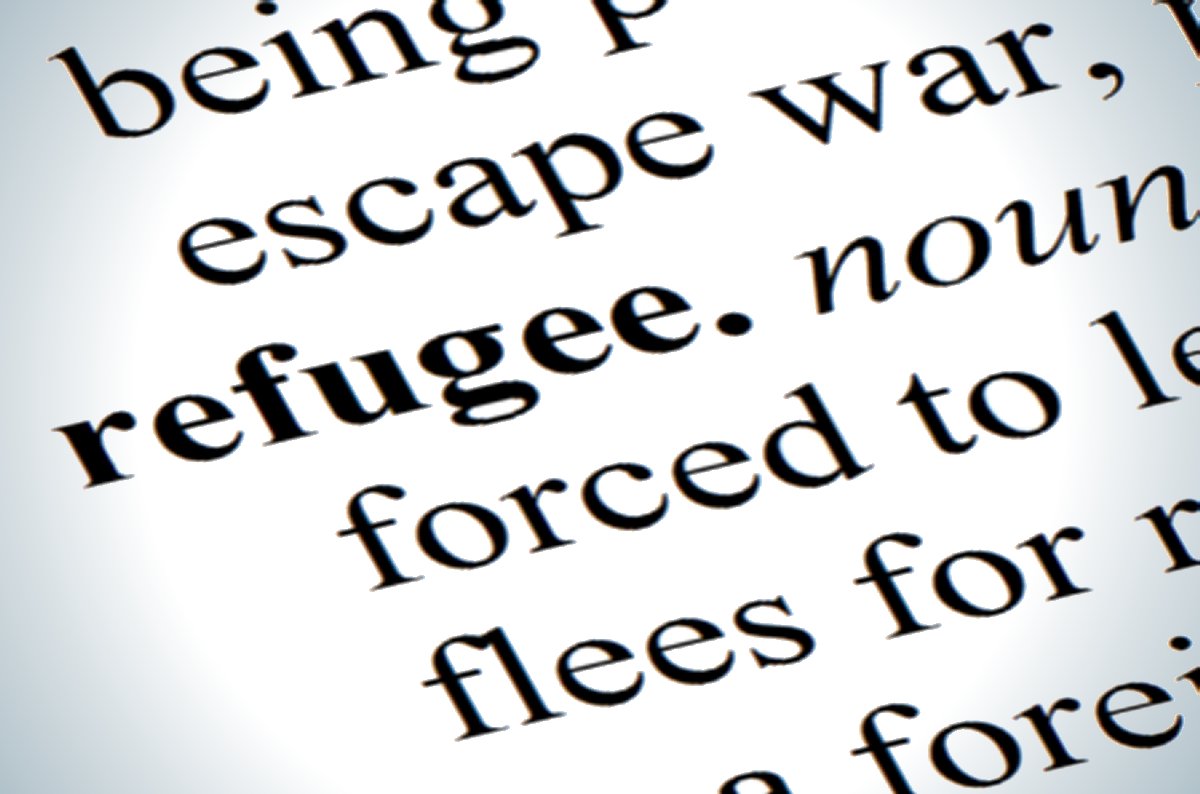For those who have followed the political debates, news broadcasts,
and social media discussions surrounding refugees and their resettlement
options, it’s clear that the sentiment is not overwhelmingly positive. In 2018,
it is predicted that only
20,000 refugees will be resettled in the United States despite the nation’s
cap of 45,000 (Amos, 2018).
The discussion of displaced people is often filled with words
and phrases like “refugee crisis,” “illegal,” “refugee problem,” and “burden.” At
first glance, this terminology may not seem to be a particular stumbling block in
creating positive resolutions for refugees, but words are powerful. How refugees
are talked about, photographed, and portrayed in the media and otherwise shapes
public understanding, sentiment, and political policies. The negatively charged
words so often used in discussions of displaced people serve to shift the focus
and blame from the situations causing displacement to the refugees themselves.
Even the term “refugees” groups all displaced people into a
neat category with no consideration for the different driving factors and
situations faced by this diverse group of people. Removing the individual
people from discussions of refugee rights and resettlement is the easiest way
to create policies that ignore the individual needs of refugees for the convenience
of the nation-state.
However, the imagery used to showcase the struggles of many
refugees searching for asylum can help reshape, individualize, and contextualize
what it truly is like to be a refugee.
My first experience truly grasping and understanding the magnitude
of displaced people and their struggles was with the photography of Sebastiao
Salgado. In his series “Migrations,” he captures the daily lives of refugees
from around the world (Brookman, 2016).
 |
| Region of Chimborazo © Sebastião Salgado / Amazonas images. Ecuador. 1998. |
 |
| Refugee from the Zepa enclave. Kladanj, central Bosnia. 1995 © Sebastião Salgado / Amazonas images |
 |
| Rwandan refugee camp of Benako. Tanzania. 1994 © Sebastião Salgado / Amazonas images. All images © Sebastião Salgado, courtesy Taschen |
His photography reshaped the issue for me. It was no
longer an antiquated problem of distant people. It opened my eyes to the
individuality of those fleeing their countries and the need to enact policies
that ensure they can redefine their lives.
“What I want is the world to remember the problems and the people I photograph. What I want is to create a discussion about what is happening around the world and to provoke some debate with these pictures. Nothing more than this" (Salgado, 2005).
Words and images are not arbitrary. They carry an immense
power to shape how situations are viewed, felt, and politicized. There is an
immense need to change the conversation about refugees to showcase their
humanity, agency, and individuality.
References:
Amos, Deborah. 2018. The Year The U.S. Refugee Resettlement Program Unraveled. NPR.
Brookman, Jacob. 2016. Sebastião Salgado’s Eternal Images of Humanity on the Move. British Journal of Photography.
Salgado, Sebastião. 2005. The Photographer as an Activist Talk. University of California, Berkley.
